 |
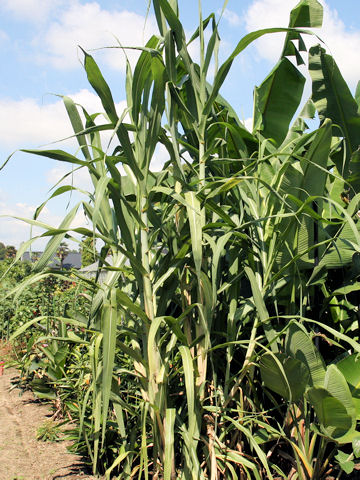

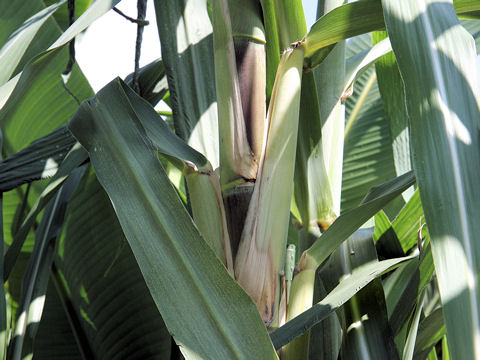

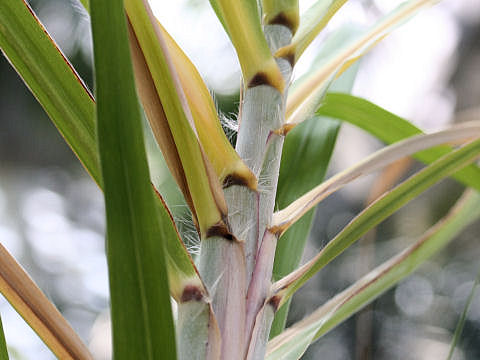

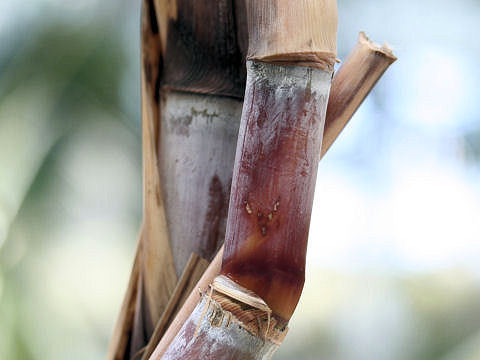

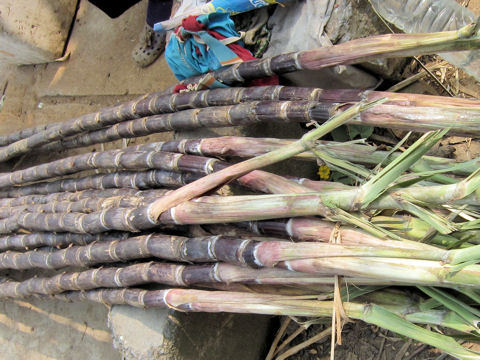

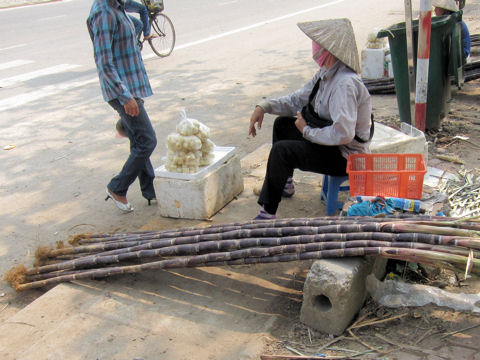



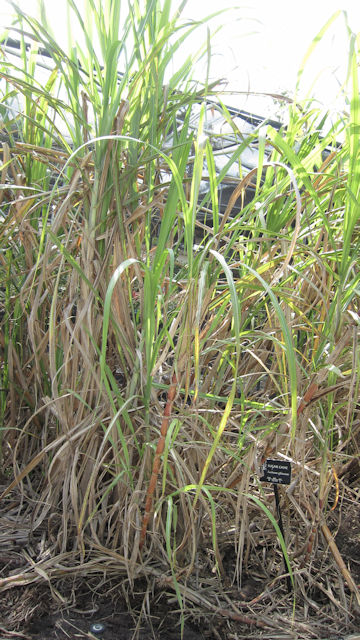

|

|
インドのガンジス川流域が原産です。紀元前4世紀には地中海地方にもたらされ、わが国へは江戸時代の初めに中国から渡来しています。熱帯・亜熱帯地域で栽培され、高さは3メートルほどになります。節を含む茎で増殖します。茎は砂糖の原料となり、搾り粕も燃料や飼料、パルプなどに利用されます。別名で「かんしょ(甘蔗)」とも呼ばれます。C4植物(C4型光合成を行う植物)です。
|

|
イネ科ワセオバナ属の多年草で、学名は Saccharum officinarum。英名は Sugar cane。
|

|
The Sugar cane (Saccharum officinarum) belongs to Poaceae (the Grass family). It is a perennial herb that is native to the reach of Ganga River in India. It was diffused into the Mediterranean in 4 century BC. And It was introduced into Japan via China in the early Edo Era (about 350 years ago). This herb can reach about 3 m in height and reproduces itself by the stem with involvement of nodes. It is cultivated in tropical and sub-tropical areas. The stems are used as a raw material of sugar and the pomaces are used for fuel, feed and pulp. It is also known as "Kansho" in Japan. It is a C4 plant (Plants with C4-type photosynthesis).
|

|
[上・中1] 大阪府交野市「大阪市大付属植物園」にて、2007年09月25日撮影。
[中2・中3] 大阪市鶴見区「咲くやこの花館」にて、2006年04月25日撮影。
[中4〜中6] ベトナム・ハノイ市にて、2010年09月02日撮影。(photo by Jon Suehiro)
[下] アメリカ・フロリダ州「フロリダ植物園」にて、2011年05月16日撮影。(photo by Jon Suehiro)
|









